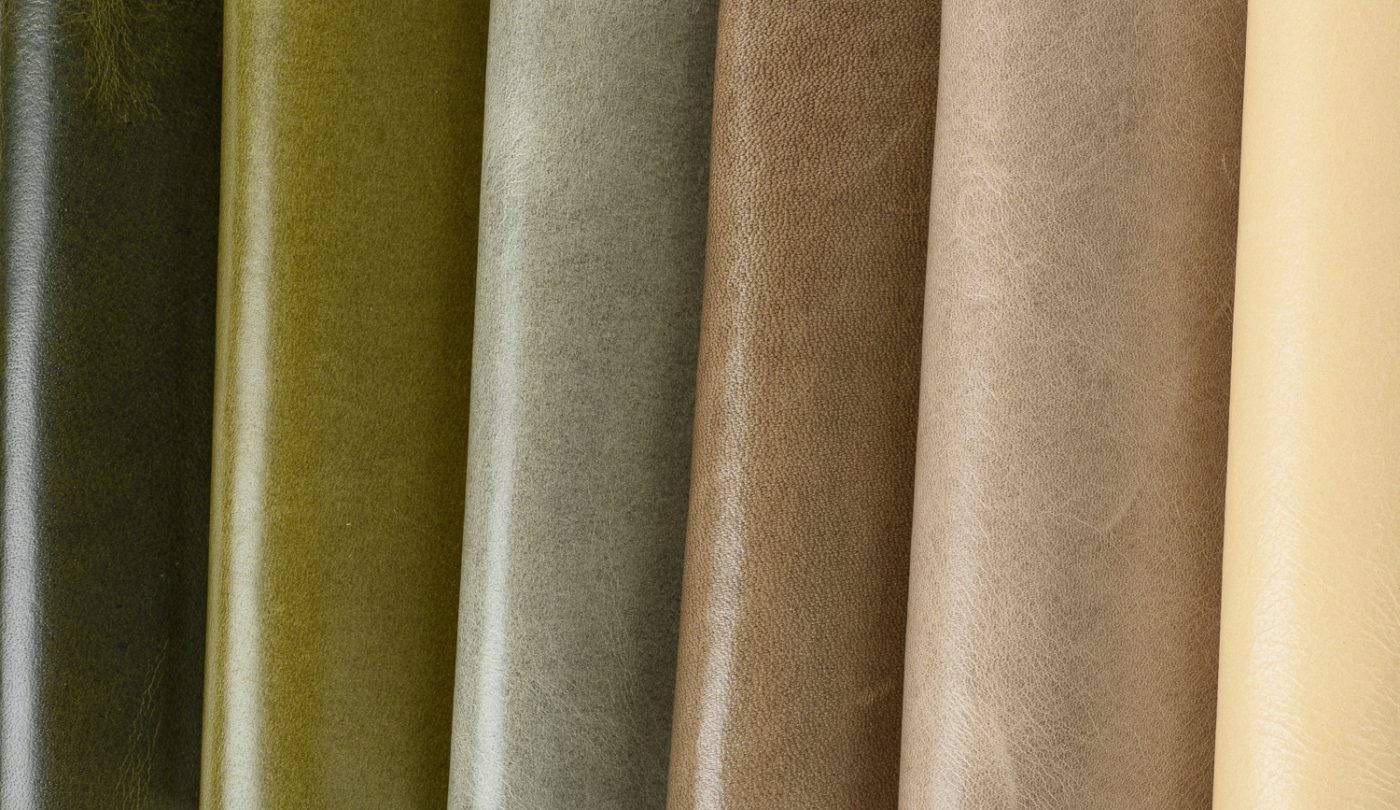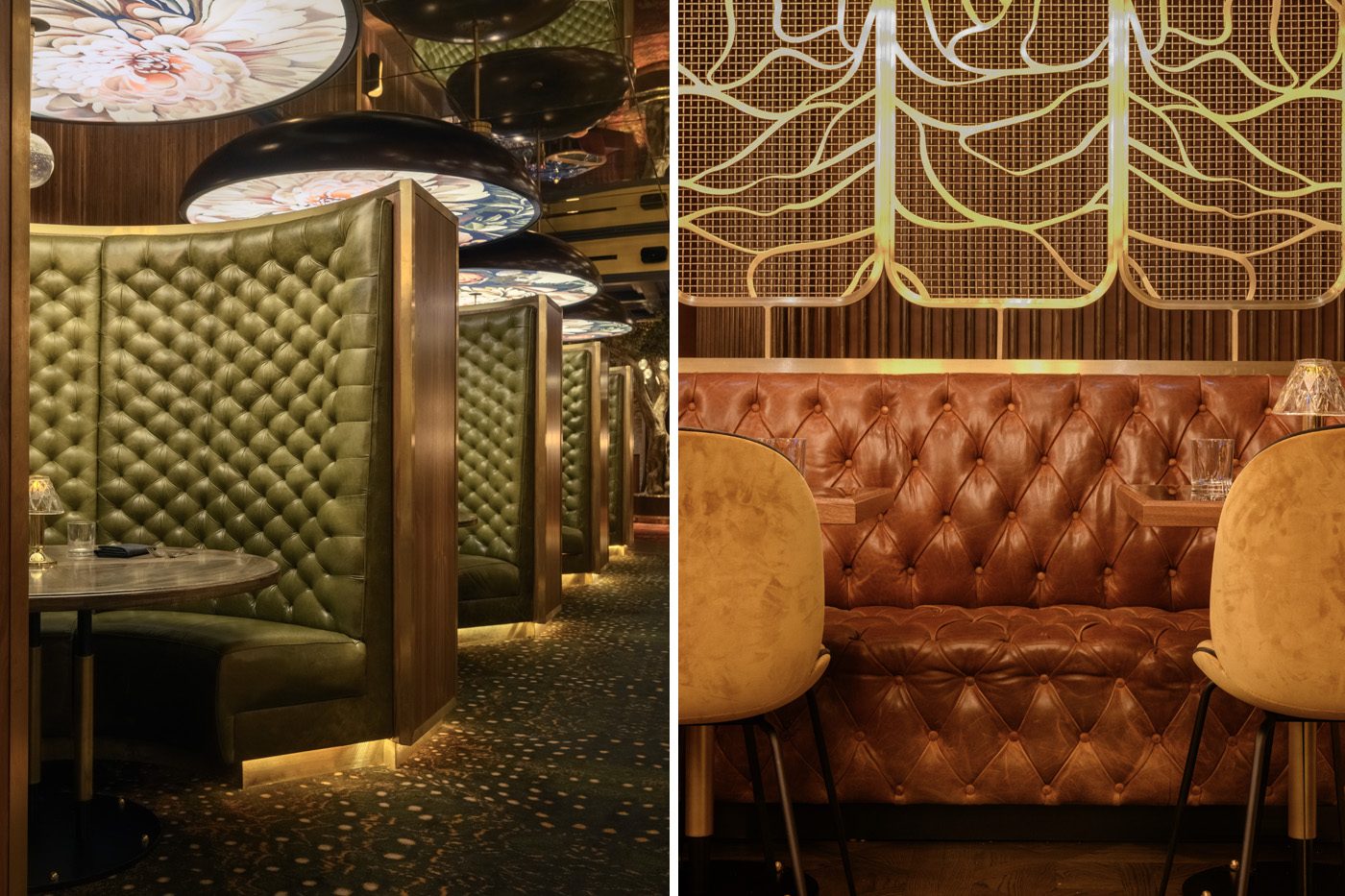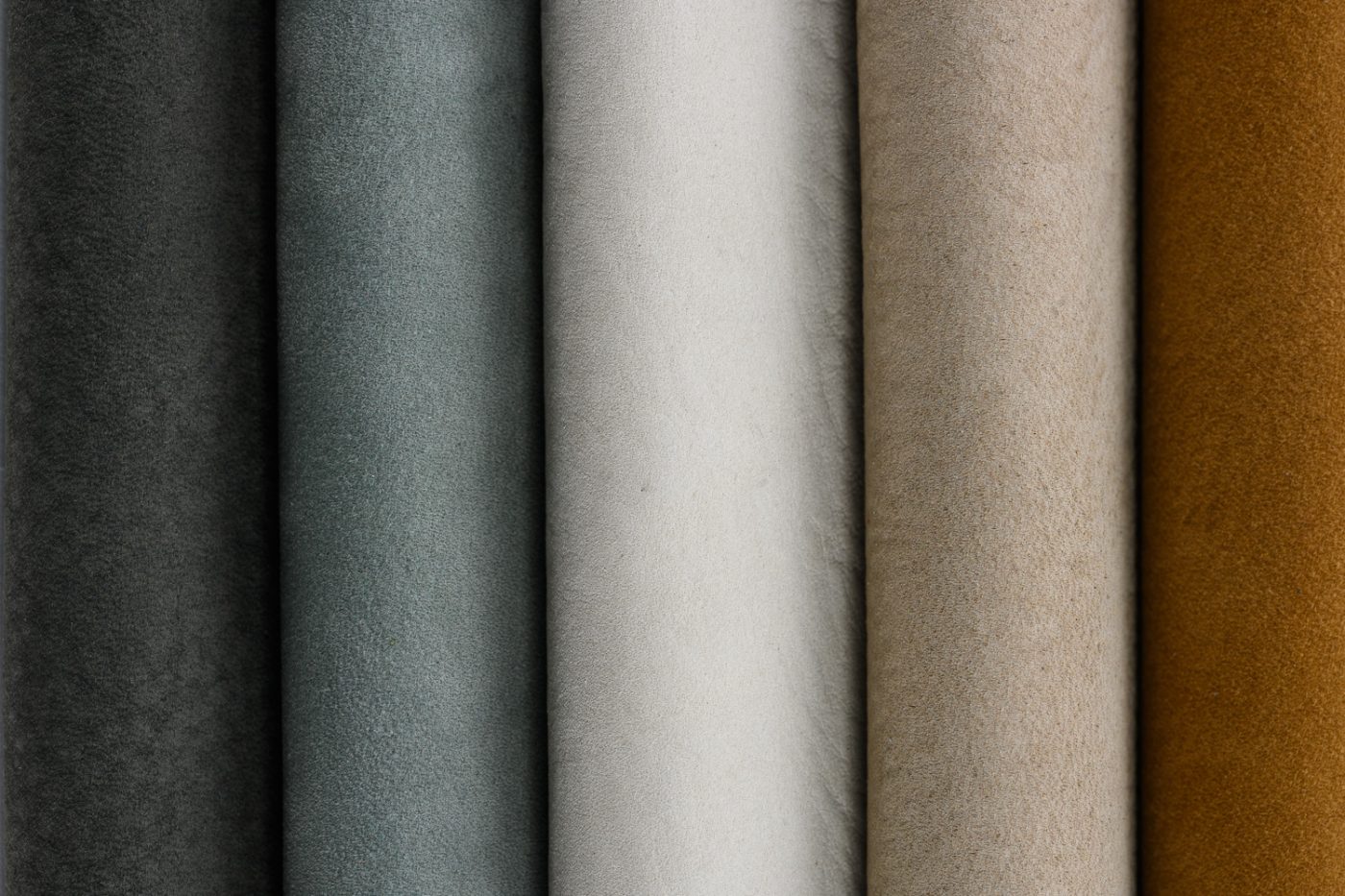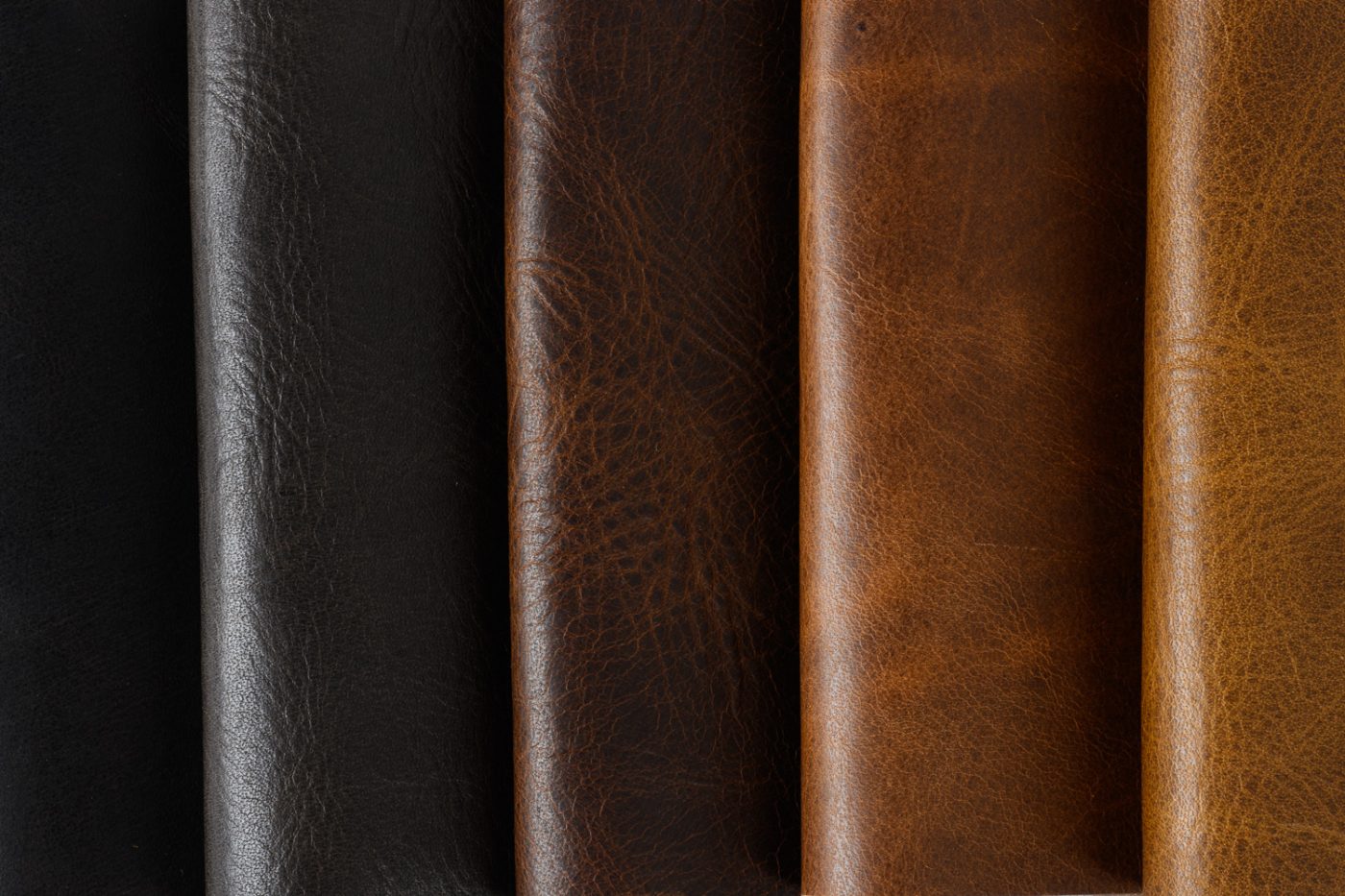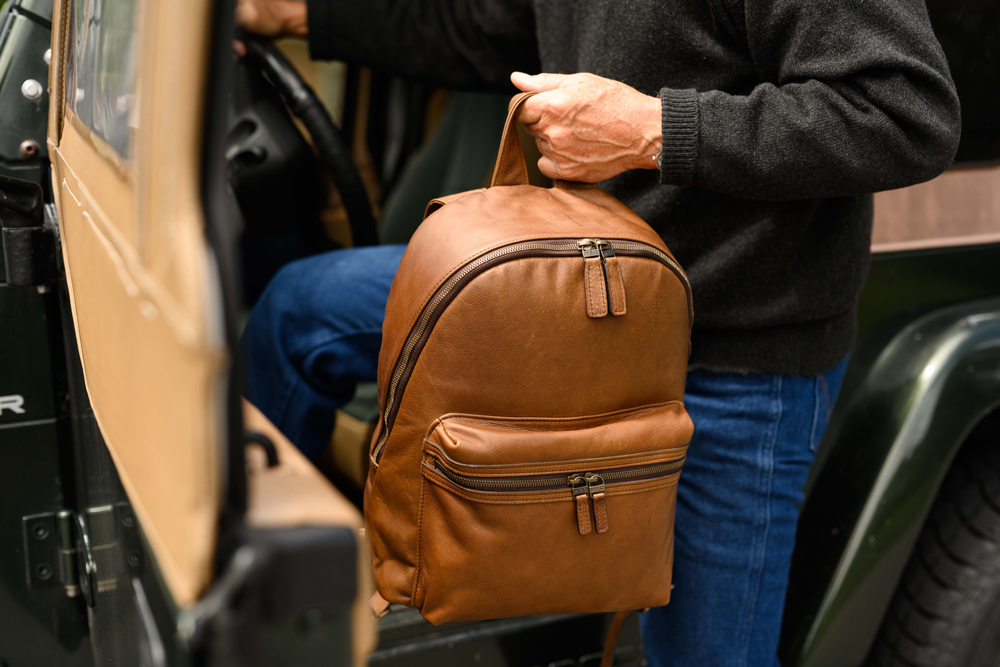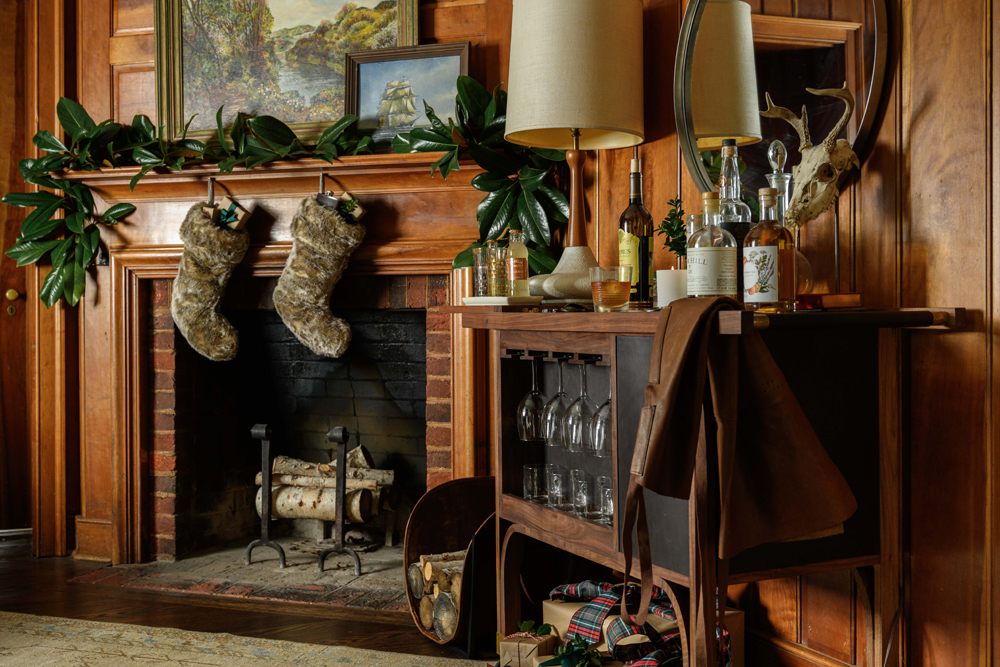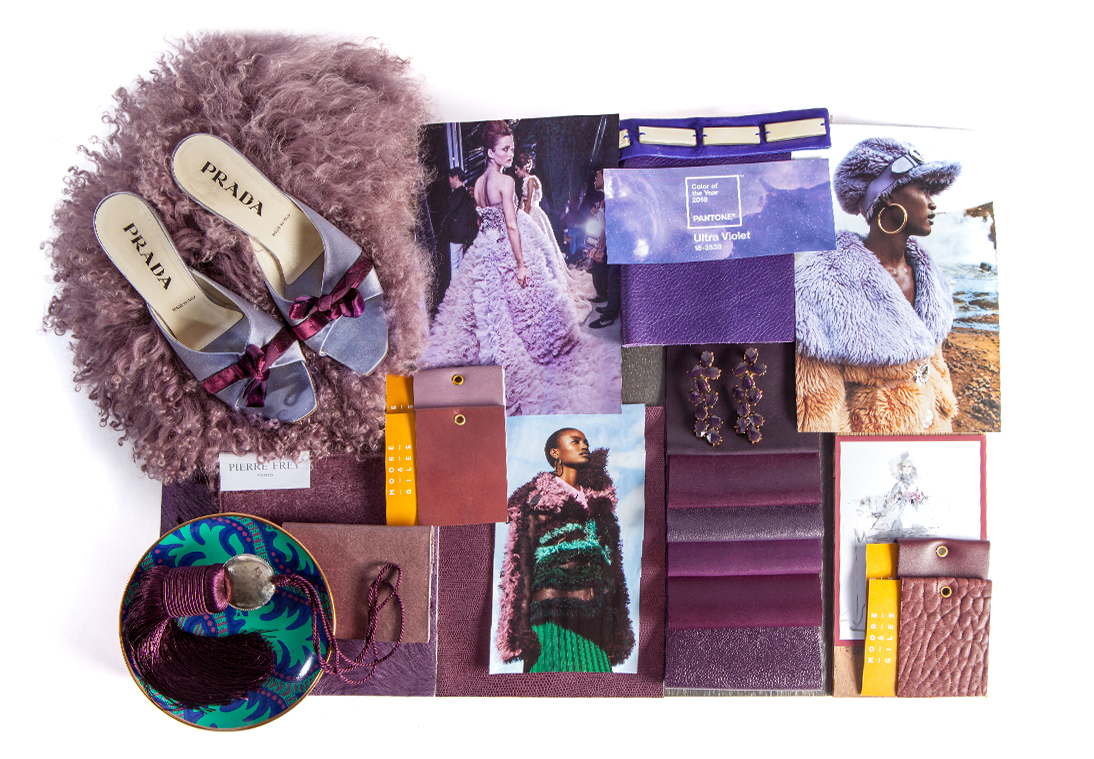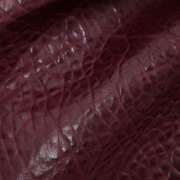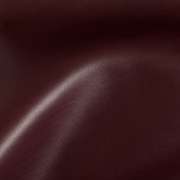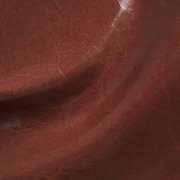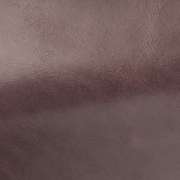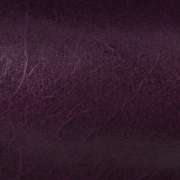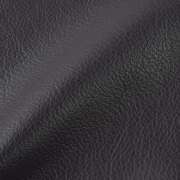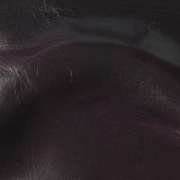From New York to London and from Paris to Milan, fashion week runways this past fall were flooded with couture collections featuring uplifting, feel-good colors that radiated positivity and optimism for Spring/Summer 2018. Grounded in powdery pastels such as lilac, periwinkle, baby yellow, dusty pink and mint green, this playful palette offered a cheerful anecdote to the negativity and strife of the past year and an opportunity for joyful self-expression from designers. Lavender and yellow proved to be the “IT” darlings of the spring/summer season, showing up in captivating shades on the catwalks in each of the esteemed fashion capitals of the world.
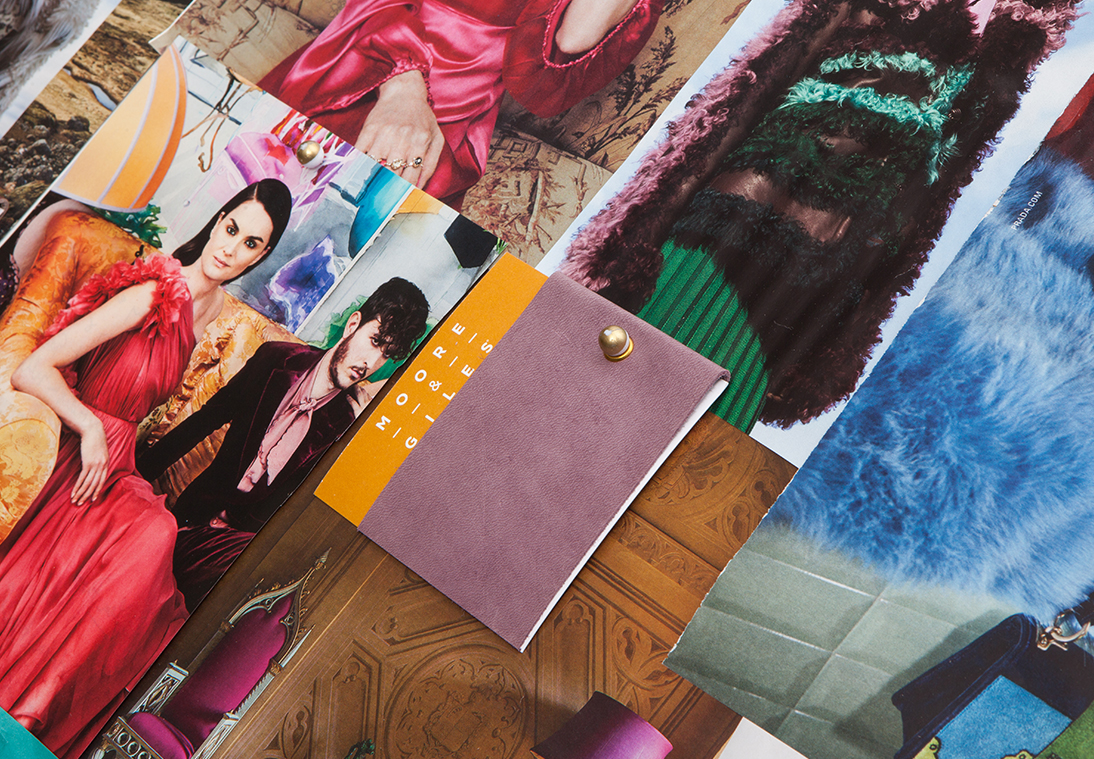
In conjunction with Spring and Fall Fashion Weeks in New York, Pantone tracks the colors that permeate and punctuate designer collections in its annual Fashion Color Trend Report. Designed to provide color inspiration across all areas of design, it offers a rich, impeccably researched forecast of the color trends that are most likely to resonate beyond the runway.
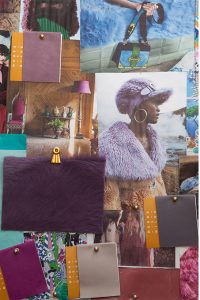
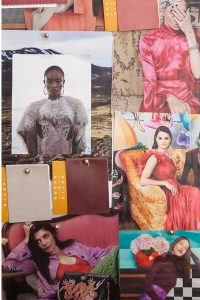
“The desire for colorful self-expression is a key take away for Spring 2018,” says Pantone Color Institute executive director Leatrice Eiseman. “The color story is wildly divergent and we see a kaleidoscopic bounty of uplifting shades and feel-good tones. There is a feeling of optimism and confidence driving a new vitality into fashion trends. That doesn’t mean that we don’t continue to look for more neutral or classic shades as while simple, these core basics are seasonal essentials, working well on their own as well as providing the landscape for the color complexity.”
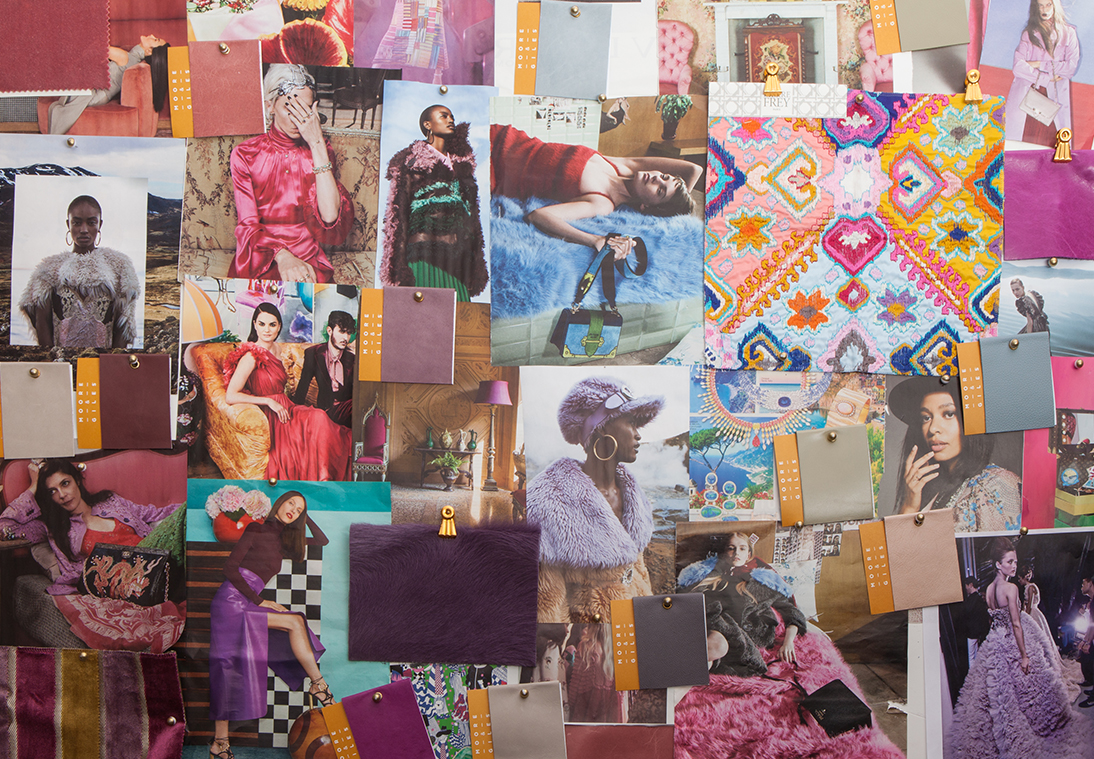
The exploration and use of color in all forms is expected for the first half of 2018 as the awareness of a more color-conscious culture emerges. Even minimalist schemes will be enhanced by subtle nuances of soft, sensual color. From gelato-inspired pastels to more intense, vibrant hues, the ability of color to draw you in and connect you emotionally has never been stronger.
“Fashion, and the people who interact with it, no longer want to feel limited by traditional color guidelines,” says Eiseman. “Untypical spring shades that make for complex and original combinations, communicates the consumer’s desire to experiment with color throughout the year without any restrictions.”
